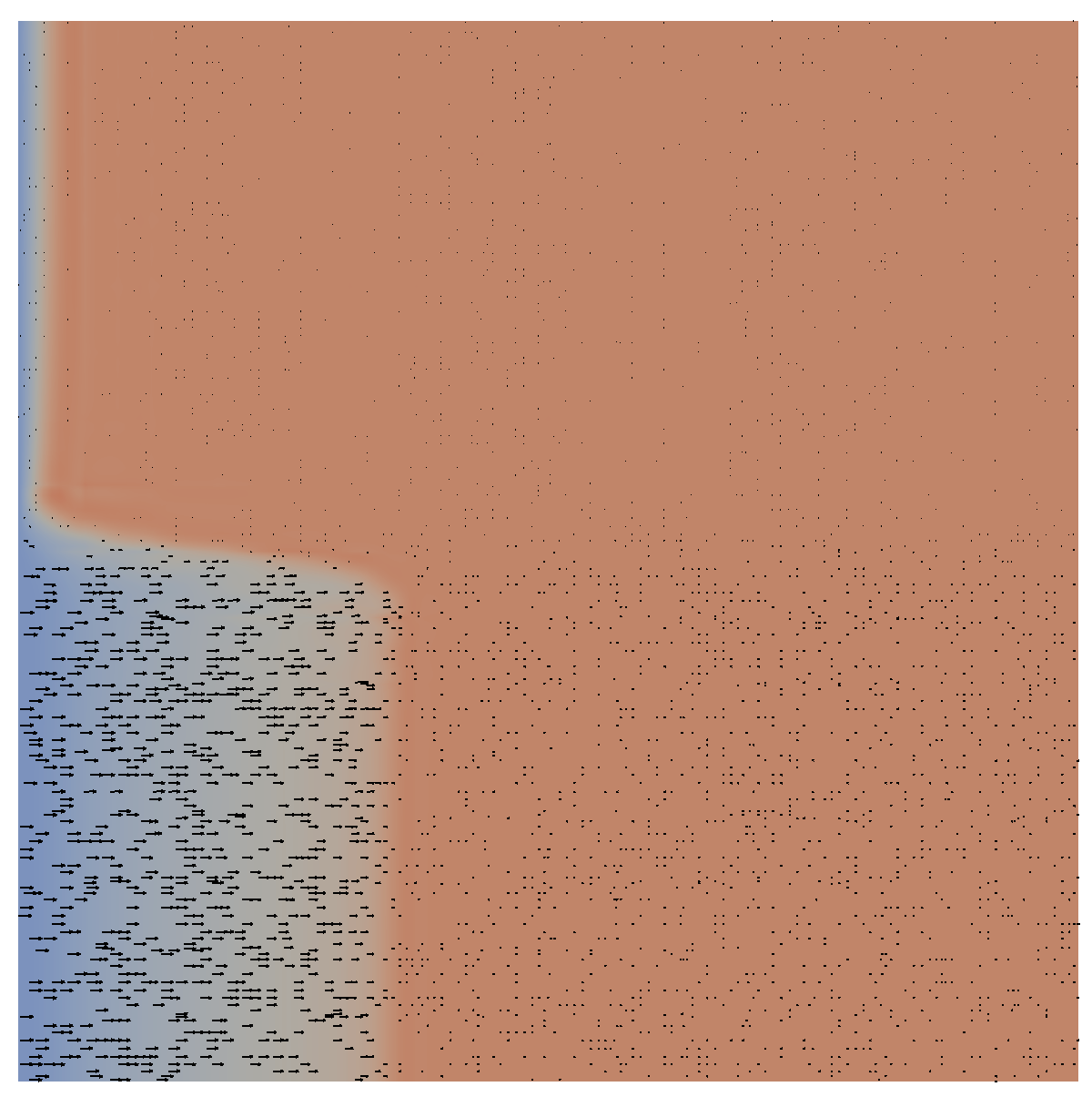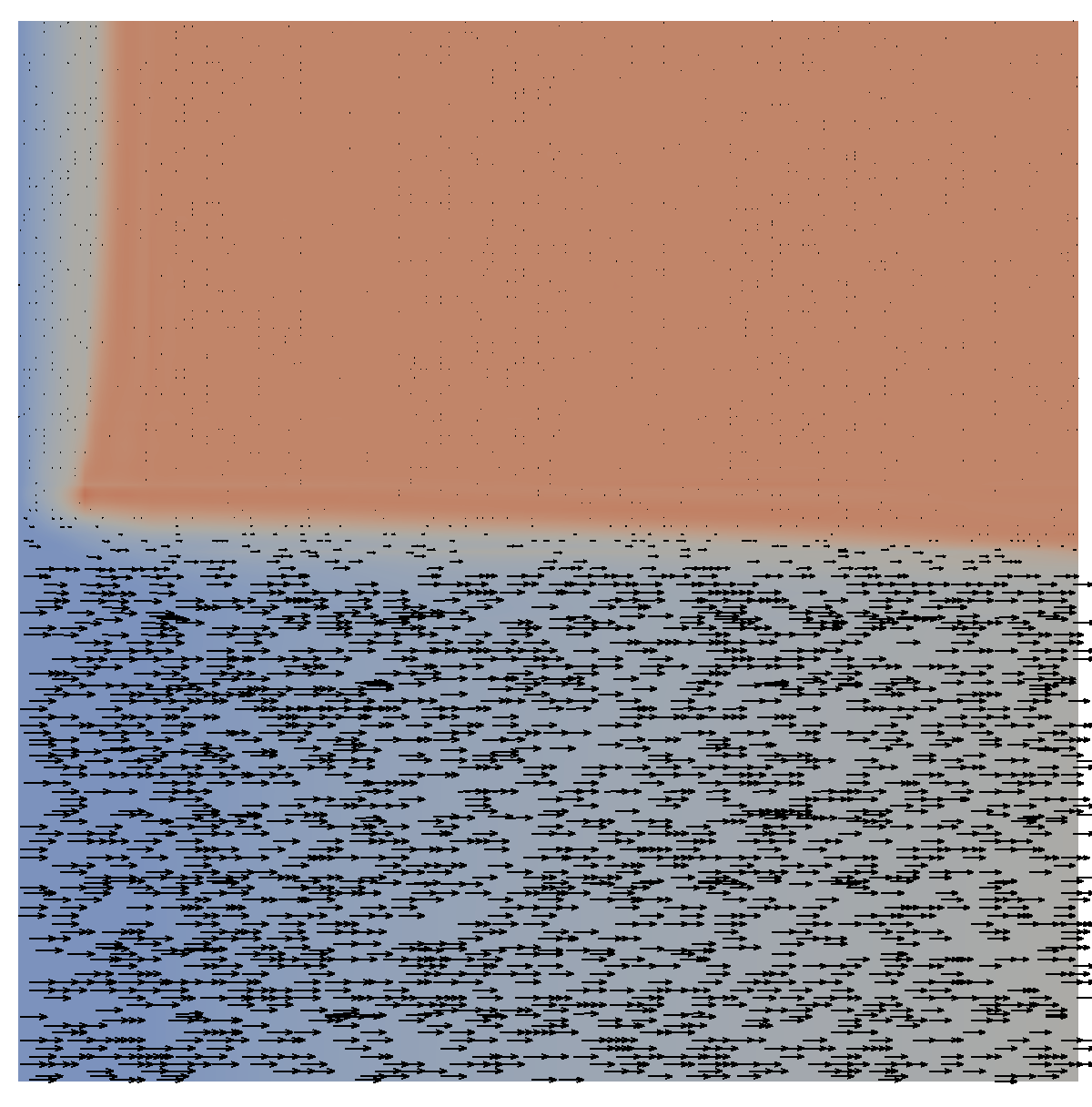Project Description
One of the most important aspects in the management, planning and analysis of the environmental impact of oilfields exploitation is the reliable prediction of its behavior. The most used methodology to reach this goal is numerical simulation. It is important to notice that a large amount of time to perform these kinds of simulations is spent to obtain a geometrical digital model of the terrain (definition of the boundary, localization of faults, cavities and horizons that define different strata, injection and extraction wells, etc) and to generate a mesh adapted to the needs of the simulation. Usually, the most used techniques to obtain geological data may introduce incoherencies as well as important precision errors. For this reason, it is necessary to develop an environment that allows the effective manipulation of such information.
In addition, another important issue with this kind of problems is that near the extraction wells and around the faults in the domain, there are large gradients of pressure which may give rise to large changes in the velocity field. In order to correctly capture these abrupt variations, that may significantly affect the reliability of the obtained results, commercial software tends to generate meshes that contain a large number of small elements, because they rely on first order methods. This leads to prohibitively high computational costs to obtain predictions with the required precision. The hybridizable discontinuous Galerkin method (HDG) is specially designed to overcome these issues. First, the high order polynomials allow to approximate the physical quantities of interest with higher precision and using fewer elements. Second, the discontinuous formulation allows to use a different polynomial degree in each element, thus the solution is captured adaptively with the required precision. Third, the hybridizable formulation allows to reduce the computational cost of the simulation.
This project is devoted to the development of high-order numerical techniques for the efficient and reliable simulation of the behavior of oil reservoirs. We propose to develop a simulation environment that allows to compute realistic scenarios, increasing the reliability of the results and reducing the computational resources. In this way, it will be possible to analyze more configurations and to increment their complexity. In conclusion, the incorporation of these methodologies will allow to increase the range of applicability and usability of the numerical simulations.


